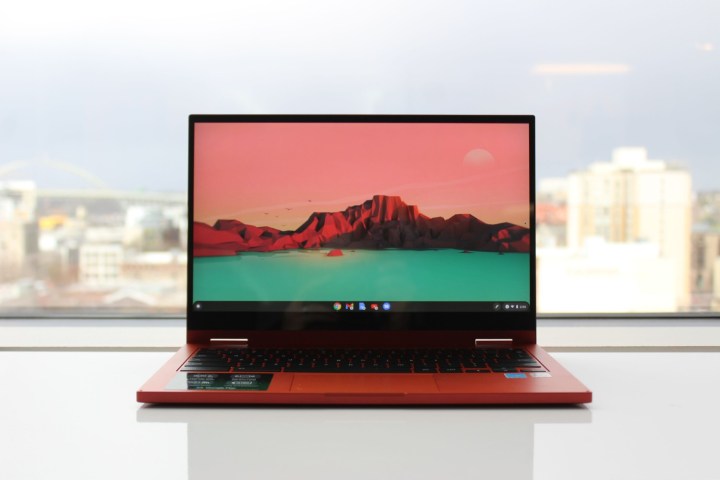We have already heard a lot about Intel’s upcoming Alder Lake platform, but most leaks and rumors have pertained to the desktop range. Now, we have our first glimpse at the mobile Alder Lake-P range, which is rumored to launch at CES 2022 for Chromebooks and laptops.
As discovered by Coelacanth’s Dream, a new patch for the Coreboot software revealed the power limits for multiple chips in the Alder Lake-P range. The patch shows PL1, PL2, and PL4 limits, which each determine a different wattage the processor can run at given certain circumstances.

PL1 is the wattage the processor can maintain, and that’s normally what you see as the wattage of mobile CPUs. Here are the PL1 ratings revealed for Alder Lake-P:
- 2 + 8 core: 15W
- 4 + 8 core: 28W
- 6 + 8 core: 45W
Like the desktop range, Alder Lake-P chips will use a hybrid design that combines big, high-performance cores and little, high-efficiency cores. We don’t have names for each of the processors yet, so we’re left referring to them based on their core counts. In the list above, the 45W chip has six big cores and eight little cores.
These are the default power limits for Alder Lake-P chips, though they’re still subject to change before launch. As reported by VideoCardz, Google’s Brya Chromebook platform is using slightly different numbers. The steady wattage numbers are the same, but Chromebooks won’t draw as much power on PL2 and PL4 (both temporary power limits).
Brya is a validation platform from Google for the upcoming Alder Lake range, according to Chrome Unboxed. Google has been using the platform since December 2020 to make sure the upcoming chips work in Chromebooks, and with slightly tweaked power ratings, it seems they do. On Google’s platform, the 15W chip is rumored to drop to only 3W in an idle state.
Alder Lake-P reportedly compromises the three middle processors in Intel’s mobile Alder Lake range. The Coreboot update also provided a look at one of the two Alder Lake-M chips, which are reportedly targeted at tablets and low-power machines. The 2 + 8 core Alder Lake-M chip has a PL1 of 9W according to the update.
The PL4 limits are interesting to look at, too. PL4 notes the peak power draw of the processor, which shouldn’t last for more than a few milliseconds. At peak, Alder Lake-P chips can reportedly draw up to 215W of power, and Alder Lake-M chips can draw up to 68W. The Brya platform is much more limited with a PL4 of 159W.
According to these numbers, the newer chips will draw more power at peak than Tiger Lake-H. However, the most powerful Alder Lake-P shaves 20W off the PL2 rating of Tiger Lake-H, suggesting that Alder Lake-P is slightly more efficient under normal circumstances.



